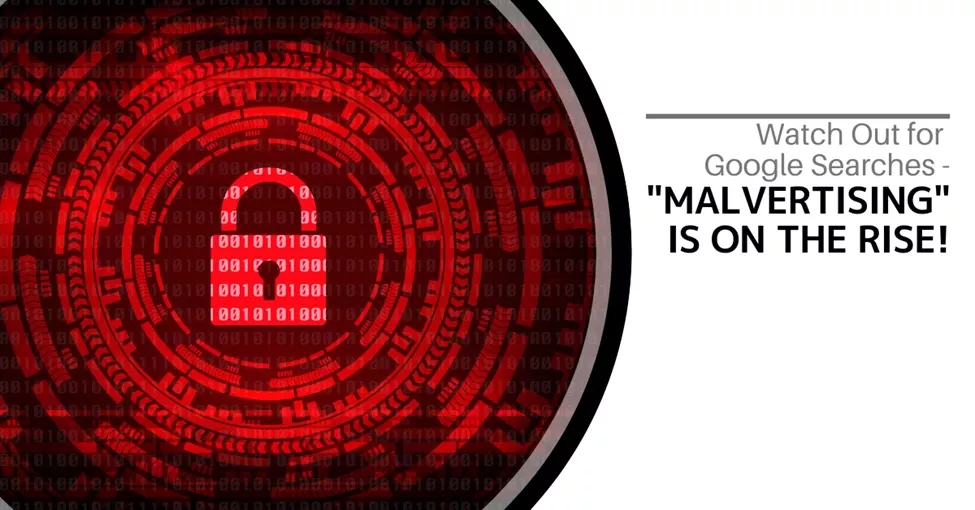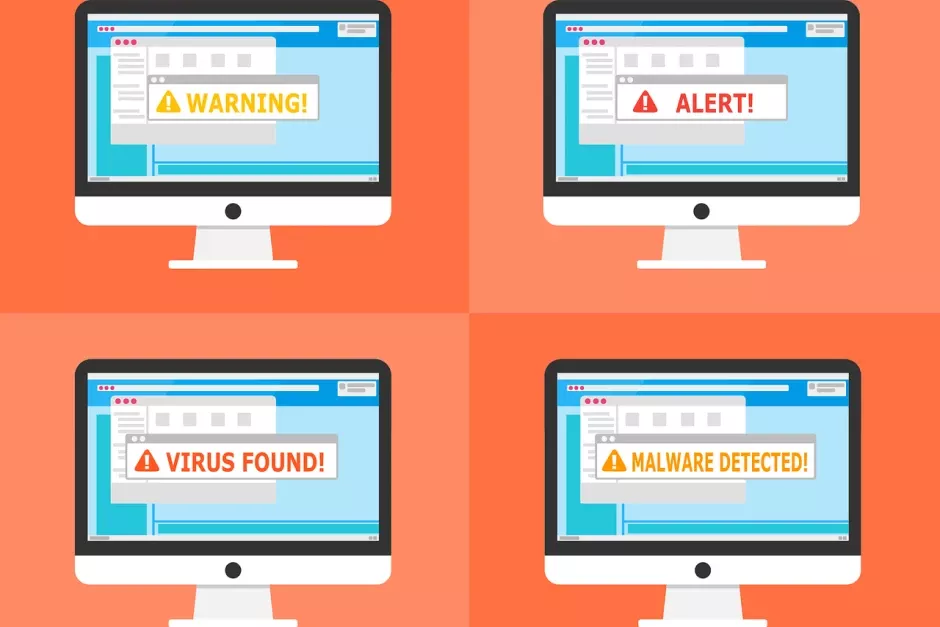Watch Out! Lightwire Solutions Warns of Rising ‘Malvertising’ in Google Searches
There are many types of malware, and one of the most common is called “malvertising.” It crops up everywhere, including on social media sites and reputable websites. You can even see these malicious ads in Google searches.
Two factors are making malvertising even more dangerous. Hackers are using AI to make it incredibly convincing, and malvertising is rapidly increasing. In the fall of 2023, malvertising saw a 42% month-over-month rise, according to Malwarebytes.
Knowing about malvertising is key to protecting yourself online. Lightwire Solutions wants to help you understand this digital threat and share actionable tips on identifying and avoiding it.
What Is “Malvertising?”
Malvertising is the use of online ads for malicious activities. Take, for instance, when the PlayStation 5 first launched. The high demand and low supply created an ideal environment for hackers. Malicious ads cropped up in Google searches, looking like official sites but instead leading users to fake websites. These copycat sites were designed to steal credentials and credit card details.
Google works hard to police its ads, but hackers often manage to keep malicious ads active for hours or even days before they’re caught. These ads appear just like any other sponsored search ad on Google.
Malvertising isn’t limited to Google; it can appear on various well-known sites and social media feeds, posing risks to anyone online. Lightwire Solutions shares some valuable tips below to help keep you safe.
Tips for Protecting Yourself from Malicious Online Ads
Review URLs Carefully
Look closely at URLs in online ads. Malvertising, like phishing, often relies on small URL changes. If anything looks off, avoid clicking.
Visit Websites Directly
A great way to stay safe is to skip ads altogether and go directly to the brand’s website. If a sale is real, it will be listed there. Lightwire Solutions recommends using this tip to help avoid not only malvertising but also other forms of phishing.
Use a DNS Filter
DNS filters redirect your browser to a warning page if it detects a risky site. They analyze website activity and block dangerous links. DNS filters are highly effective in protecting you from accidental clicks on harmful ads. Lightwire Solutions can help you implement DNS filters to secure your browsing.
Do Not Log in After Clicking an Ad
If you click an ad and are prompted to log in, don’t! Many malvertising schemes lead you to copycat login pages that appear legitimate but are designed to steal credentials. Always open the brand’s actual site in a separate tab if you need to log in.
Don’t Call Ad Phone Numbers
Some malvertising ads include phone numbers, often targeting seniors. People call, unknowingly speaking to scammers who work to gain their trust or scare them into providing personal information. Lightwire Solutions advises against calling any phone numbers found in online ads.
Don’t Download from Ads
Be cautious of ads offering “free software” or “free PC cleaners.” These often inject your device with malware disguised as popular software. Avoid downloading anything directly from online ads, as it may be a trap.
Warn Others When You See Malvertising
If you come across a suspicious ad, share your knowledge. Tell friends, family, and colleagues so they can stay informed and cautious. Creating a community of cyber-aware individuals strengthens everyone’s security. Lightwire Solutions encourages our clients to stay informed and help spread awareness about the latest scams.
Improve Your Online Security Today
Are your devices up to date with security patches? Do you have a reliable anti-malware solution? Is DNS filtering installed to block dangerous websites? If you’re unsure about any of these areas, Lightwire Solutions can help. Our cybersecurity experts provide affordable solutions to secure your online activities. Contact us today to discuss strengthening your online defenses.
Article used with permission from The Technology Press.









